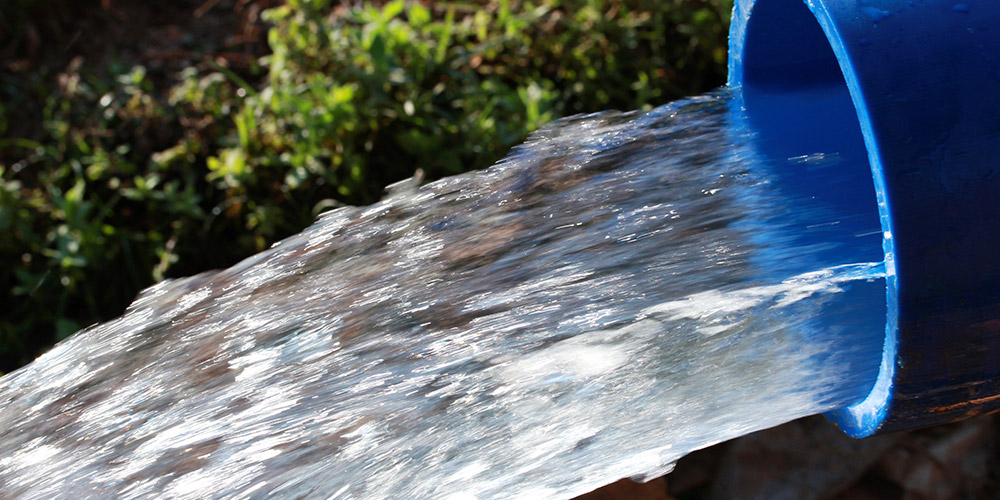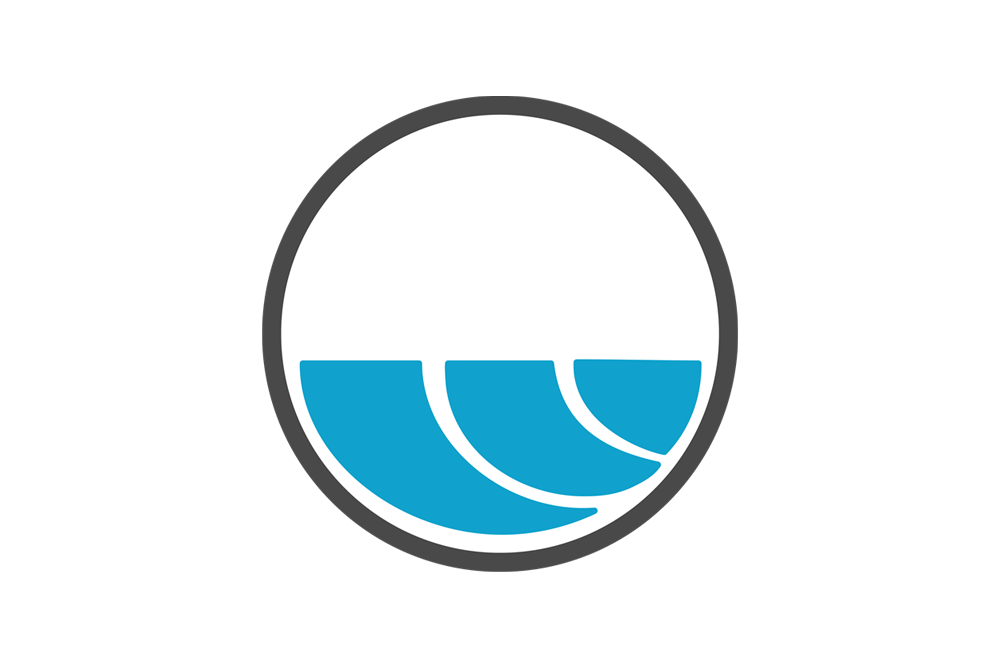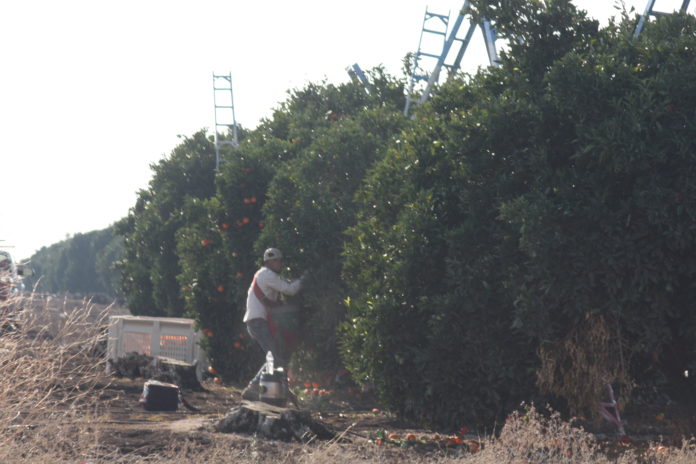 The Kaweah Delta Water Conservation District held its Tuesday, July 2, 2019 board of directors meeting at its Farmersville headquarters. There have been new developments in the large, aquatic rodent sector. I recently visited with the Louisiana Farm Bureau Federation in Baton Rouge* and found out nutria fur coats are fashionable and not just the “poor man’s mink.” However, the non-native South American herbivorous swamp rat is almost as big as a beaver and causes trouble whenever it settles. Therefore the Louisiana Department of Fish & Game has raised the bounty on nutria from $5 to $6. You can collect the bounty by presenting the state with nutria tails. You don’t have to bring the entire carcass as proof. So, if you kill a nutria the meat’s good eating, the pelt has value and the tail is worth $6 in Louisiana. Although you may want to hire a local to do the actual transaction in case someone should question why someone from out of state would have nutria tails.
The Kaweah Delta Water Conservation District held its Tuesday, July 2, 2019 board of directors meeting at its Farmersville headquarters. There have been new developments in the large, aquatic rodent sector. I recently visited with the Louisiana Farm Bureau Federation in Baton Rouge* and found out nutria fur coats are fashionable and not just the “poor man’s mink.” However, the non-native South American herbivorous swamp rat is almost as big as a beaver and causes trouble whenever it settles. Therefore the Louisiana Department of Fish & Game has raised the bounty on nutria from $5 to $6. You can collect the bounty by presenting the state with nutria tails. You don’t have to bring the entire carcass as proof. So, if you kill a nutria the meat’s good eating, the pelt has value and the tail is worth $6 in Louisiana. Although you may want to hire a local to do the actual transaction in case someone should question why someone from out of state would have nutria tails.
Chairman Don Mills called the meeting to order at 9:00am. I thanked folks for attending the SGMA Survival Toolkit in Exeter last month for public comment. KDWCD General Manager Mark Larsen shared some said news under announcements. One of their best workers, and I’m sorry I didn’t catch the man’s name, died unexpectedly yesterday morning. Condolences to his family and friends.
The water supply report was next Water Master Vic Hernandez said you couldn’t have a better snow runoff than that being experienced on the Kaweah River so far. He said there’s already been more than 400,000 a/f of runoff and probably another 100,000 a/f to go. Inflow to the reservoir is matching downstream demands. He said the district brought in 400 a/f of unreleased river flows in one weekend. This is the total of Central Valley Project water from last month. Channel capacity on the Friant Kern Canal is a big obstacle to maximizing water supplies and recharge. Tulare ID’s GM Aaron Fukuda was present and they asked him how long a run he’s expecting. Fukuda said they have cotton this year so it’ll be a longer run.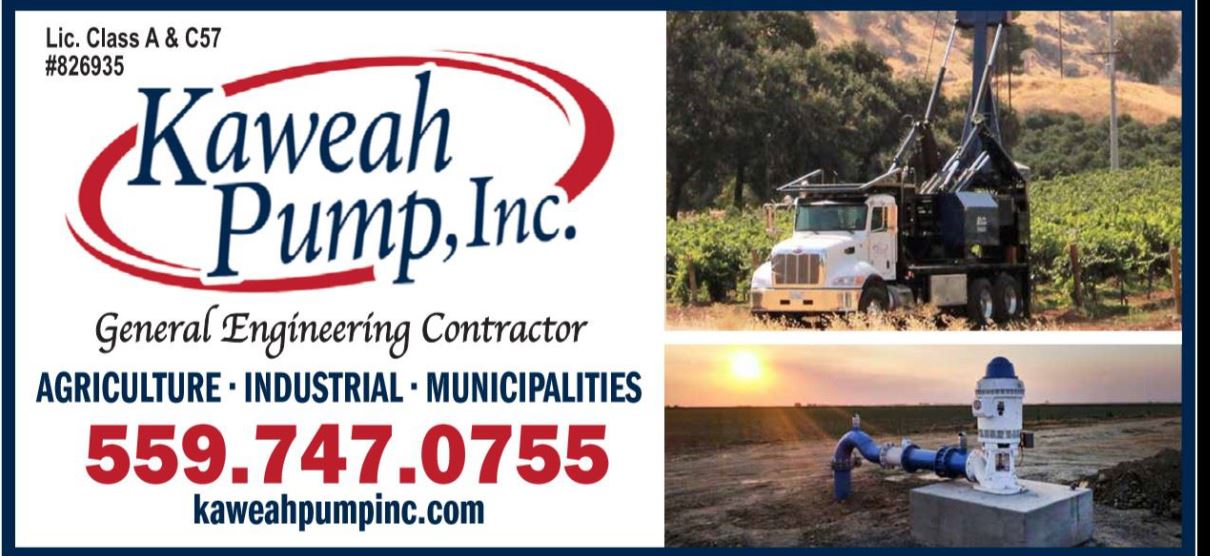
Engineer Dennis Keller spoke about CVP matters. He said there was problems with one of the high country power plants so Southern California Edison is playing with releases. He said there is a possible three to four percent reduction in Class I water, but there is five percent more Class II possibly available.
Larsen said the San Joaquin Valley Blueprint is charging along. The different portions of effort are working financing, outreach and communication. Director Chris Tantau is also the Chairman of Friant and he said Fresno State is working on the  economic study associated with this effort. One nice thing coming from the Blueprint is it appears Governor Gavin Newsom’s water resiliency plan messes well. Larsen reported on the recent Friant Water Authority meeting saying a new Temperance Flat authority is being formed. Subsidence on the Friant Kern Canal is a big topic. Stantec Engineering have come up with a plan that’s been approved. Things are beginning to kick in gear with studies, reports and land acquisition efforts. There are good signals the feds are willing to transfer title of the FKC to FWA and it could take as soon as a year. This type of transaction used to take the feds 15-years. Larsen said it adds complexity to attempt the title
economic study associated with this effort. One nice thing coming from the Blueprint is it appears Governor Gavin Newsom’s water resiliency plan messes well. Larsen reported on the recent Friant Water Authority meeting saying a new Temperance Flat authority is being formed. Subsidence on the Friant Kern Canal is a big topic. Stantec Engineering have come up with a plan that’s been approved. Things are beginning to kick in gear with studies, reports and land acquisition efforts. There are good signals the feds are willing to transfer title of the FKC to FWA and it could take as soon as a year. This type of transaction used to take the feds 15-years. Larsen said it adds complexity to attempt the title  transfer and fixing the canal at the same time but as Mills pointed out having the US Bureau of Reclamation owing the canal during repairs is another layer of complexity. I’ve heard Keller has some concerns about the title transfer he’ll be presenting to Friant. Director Ron Clark asked a good question – will this fix bring the canal capacity to design targets? Larsen and Tantau both said the goal is the original design capacity of 4,500 cfs and that should take care of future subsidence needs. The plan is being refined.
transfer and fixing the canal at the same time but as Mills pointed out having the US Bureau of Reclamation owing the canal during repairs is another layer of complexity. I’ve heard Keller has some concerns about the title transfer he’ll be presenting to Friant. Director Ron Clark asked a good question – will this fix bring the canal capacity to design targets? Larsen and Tantau both said the goal is the original design capacity of 4,500 cfs and that should take care of future subsidence needs. The plan is being refined.
Vandals hit excavation equipment being used at Hannah Ranch over the weekend. They did $30,000 worth of damage breaking windows and filling fuel tanks with dirt. Keller said this will interfere with the construction schedule.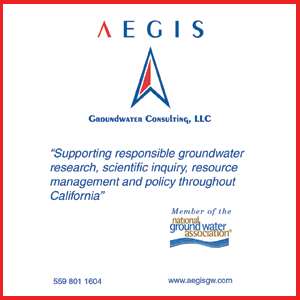
Larsen reported on legislation saying the desire is for the state to help fund clean drinking water for disadvantaged communities – DACs. Finally Sacramento, thanks to Newsom and not the legislature, has kicked in a couple of hundred million dollars to help in this effort. He said AB 638 deals with the annual water plan including groundwater storage. There is a bill to greenlight surface water to recharge if there is a beneficial use. He said KDWCD has pre-1914 rights to recharge Kaweah River water. SB 19 will require stream gauging and is a good thing as Larsen explained. SB 200 is a safe and affordable drinking water fund but may not have legs in light of the gov’s new budget. Tantau said Friant is working on opposing SB 1 and getting the NASA snow flights funding established and that might not happen this year.
Eric Osterling wasn’t able to attend today’s meeting. Larsen shed some light on that because the very heavy lifting of preparing the Groundwater Sustainability Plans for public draft. There are three GSAs in the Kaweah Sub Basin and all of this has to be stitched together. Larsen mentioned the consultants have been running behind schedule. He said trying to get projects into the plan has been a challenge. Definition, benefits and costs are the question. Cost being a very big question. The next meeting will be August 6th.
The meeting then went into closed session for two items.
DISCLAIMER OF RESPONSIBILITY; Waterwrights.net strives to provide his clients with the most complete, up-to-date, and accurate information available. Nevertheless, Waterwrights.net does not serve as a guarantor of the accuracy or completeness of the information provided, and specifically disclaims any and all responsibility for information that is not accurate, up-to-date, or complete. Waterwrights.net’s clients therefore rely on the accuracy, completeness and timeliness of information from Waterwrights.net entirely at their own risk. The opinions expressed in this report are those of the author and do not represent any advertisers or third parties. *Baton Rouge translates to “stick red” or “red stick”. Early French explorers found a pole painted red along the banks of the Mississippi River signifying the traditional boundary between two Indian tribes.
ALL RIGHTS RESERVED. Copyright 2019 by Don A. Wright
Kaweah Delta Water Conservation District
2975 N. Farmersville Blvd.
Farmersville, California 93223
559/747-5601
Board of Directors
Don Mills – President, Chris Tantau – Vice-President, Ron Clark, Stan Gomes, Jeff Ritchie, Mike Shannon & Brian Watte
Management
Mark Larsen, General Manager – mlarsen@kdwcd.com
Terry Stafford, Facilities Manager -tstafford@kdwcd.com
Dian Rader, Administrative/HR Coordinator – drader@kdwcd.com
Larry Dotson, Senior Engineer – ldotson@kdwcd.com
Shane Smith, Projects/Administrative Manager – ssmith@kdwcd.com
Office and Field Staff
Chemical Applicator/Equipment Operator – Jim Mudford
Equipment Operators – Jesus Sandoval, Chris Bell & Tommy Crosswy
Equipment Operator/Mechanic – Ryon Van Essen
Hydrographer/River Operator – Jose Rivas & Rick Avila
Water Master – Victor Hernandez
Senior Equipment Operator – Tom Dilbeck & Doyle Pettyjohn
Accountant – Shelly Heier
Administrative Assistant – Kim Hollis
Board Coordinator – Anita Wilson
Office Assistant – Kathleen Halvorsen
Engineering Technician – Matthew Jacobus
Primary Consultants
Bruce George – Special Projects Consultant
Dennis Keller – Civil Engineer (Keller/Wegley Consulting Engineers)
Aubrey Mauritson – Attorney (Ruddell, Cochran, Stanton, Smith & Bixler, LLP)
Richard “Dick” Moss – Civil Engineer (Provost & Pritchard Consulting Group)
Shelley Orth – Editor/Wordsmith
From the Kaweah Delta website:
The Kaweah Delta Water Conservation District (KDWCD) was formed in 1927, under the provisions of California state law known as the Water Conservation Act of 1927, for the purpose of conserving and storing waters of the Kaweah River and for conserving and protecting the underground waters of the Kaweah Delta. Later the Water Conservation Act, as well as the purpose of the District, was expanded to include power generation and distribution.
The District is located in the south-central portion of the San Joaquin Valley and lies in portions of both Tulare and Kings Counties. The total area of the District is about 340,000 acres with approximately 255,000 acres located in the western portion of Tulare County and the balance, or 85,000 acres, in the northeastern portion of the Kings County.
The Districts lands are primarily agricultural in nature, although the cities of Visalia and Tulare constitute significant areas of urbanization. Farmersville is the other incorporated area. The population of the District is currently estimated to be in excess of 175,000 people with the principle crops being cotton, misc. field crops, deciduous fruit and nut trees as well as alfalfa.
Numerous public and private entities within the District’s boundaries divert water from the Kaweah River and its distributaries. Nearly all of the lands served with Kaweah River water also are served irrigation water from groundwater, primarily due to the erratic and relatively undependable nature of flow on the Kaweah River. All municipal and industrial water uses within the District are supplied from groundwater.
KDWCD and Tulare Irrigation District (TID), which lies entirely within the boundaries of the Kaweah Delta Water Conservation District, has a long-term contract with the federal Central Valley Project (CVP) for water from the Friant Division of the CVP. TID has historically received substantial quantities of CVP water surplus to the demands of the District which augment the Kaweah River supply.
The District and the Kaweah River groundwater basin have experienced long-term groundwater overdraft estimated in 2007 to be as much as 40,000 acre-feet per year. The District has performed multiple studies of groundwater data to determine the extent and volume of groundwater overdraft within its boundaries. There are currently over 40 recharge basins within the District covering approximately 5,000 acres. While KDWCD owns and operates many of these groundwater recharge basins, it does not provide water banking services for others.

